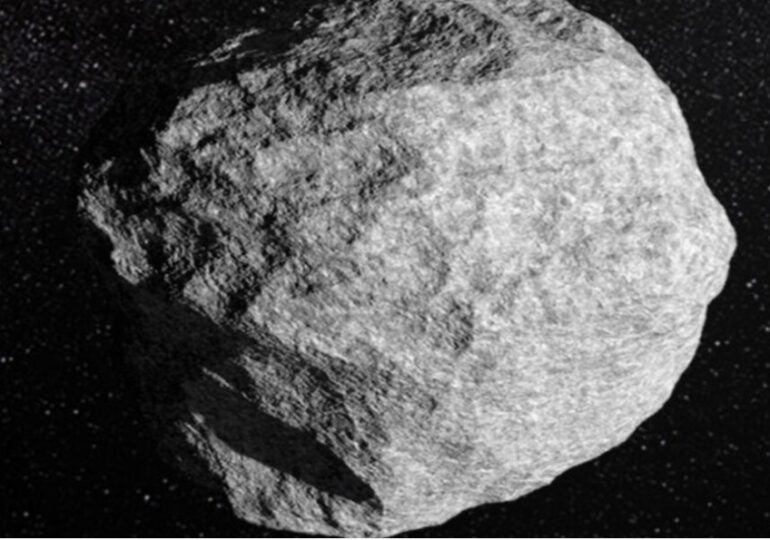A recently discovered asteroid, named 2024 YR4, poses a 1 in 83 chance of hitting Earth in December 2032. The asteroid is estimated to have a diameter of 60 meters and is currently 43 million kilometers away.
This near-Earth object, discovered in 2024, is about half the width of a football field and is set to pass extremely close to our planet on December 22, 2032, scientists have calculated, as reported by Space.com.
According to NASA, the asteroid could come as close as 106,200 km to Earth. However, orbital uncertainties suggest that this close approach could potentially lead to a direct impact.
"This is one of the highest impact probabilities for a significant-sized asteroid ever recorded," said David Rankin, an engineer at the Catalina Sky Survey and one of the astronomers monitoring asteroids.
What to Expect in 2032
According to astronomer Tony Dunn, who simulated the asteroid's trajectory, "we must consider that the orbit is still too uncertain to confirm an impact."
"Most likely, it will miss Earth. With new observations, trajectory estimates will improve," he added.
Even if asteroid 2024 YR4 were to hit Earth, there is no immediate cause for panic. Astronomers still know little about this asteroid, and its characteristics significantly influence the potential damage it could cause.
"Size and composition are key factors in assessing the impact, along with where it might hit," Rankin further explained.
"Currently, we cannot accurately determine these characteristics as the asteroid is moving away. Typically, the best way to measure size is through radar observations, but those are not possible at this time."
Astronomers will have a better chance to estimate these aspects in 2028 when 2024 YR4 will pass by us at a distance of about 8 million kilometers.
"It probably has similar dimensions to the Tunguska asteroid of 1908 or the one that created Meteor Crater in Arizona," Rankin explained.
"Therefore, the impact effects would be local, not regional, but could cause serious damage in the area it hits," the astronomer added.
The Tunguska event is the largest recorded asteroid impact in human history. However, throughout Earth's geological history, there have been much larger impacts, such as the one at Chicxulub 66 million years ago, which led to the extinction of the dinosaurs and two-thirds of life on the planet.
The Tunguska impact was less catastrophic but still caused massive destruction. The explosion, equivalent to detonating 50 million tons of explosives, occurred in the atmosphere above a sparsely populated region in Russia. The blast felled about 80 million trees over an area of 2,150 square kilometers and is believed to have killed three people.
"If (asteroid 2024 YR4) is made of rock, it could cause a huge atmospheric explosion, accompanied by a fireball reaching the ground," Rankin said. "If it is composed of iron, it will pass through the atmosphere smoothly and create a crater upon impact."
Regarding the potential impact zone, the "risk corridor" spans from South America, across the Atlantic, and into sub-Saharan Africa.

